Climate Visuals was commissioned by the Climate and Land Use Alliance to create recommendations of best visual practice for content producers, editors, distributors, agencies and publishers who wish to work with, for, or who are from, the Indigenous and forest communities of Central and South America. It is an openly accessible report to catalyse positive change and connections towards imagery that is transformative, sustainable and impactful around the issues of land use, conservation and climate solutions.
Hosted on Climate Outreach’s website features a detailed research report and literature review which draws richly on new conversations held with Indigenous leaders and photographers, media stakeholders and NGOs in 10 different countries. The online resource, available in English, Spanish and Portuguese, details and illustrate eight new principles prepared by a team of researchers, with inputs from Climate Visuals, If Not Us Then Who, Nicolas Salazar Sutil, Jaye Renold and Leah Rangi.
Find the indigenous media presence project here.
Indigenous media presence concerns the communication of cultural, linguistic, political, spiritual and environmental priorities and sensibilities of Indigenous Peoples, particularly regarding the fast-changing conditions of life within Indigenous Territories. There is a rapidly growing appetite for narratives and images of the climate crisis related to endangered forests and Indigenous communities. However, inconsiderate media publication risks simplifying and sensationalising a complex story narrative while also isolating and burdening these communities with a responsibility to protect primary forests. Well-meaning but uncritical production and consumption of imagery in this context presents enormous risks and is also a lost opportunity for self-determination and lasting climate solutions.
The research team set the frame of this project in response to the need for a best-practice guide. We set its geographic scope, of Central and South America, to focus our finite research resources on producing a set of broad yet pragmatic recommendations. These address the common issues identified by members of the diverse communities interviewed and consulted as part of this research process.
The authors recommend that new primary or participatory research be urgently completed into parallel issues faced by Indigenous communities of Southeast Asia or in a global context – recognising that some of our existing recommendations may be applicable once verified. Further, the authors considered incorporating advice on depictions of charismatic animal life; however, for reasons of scope, the present research focuses on forest protection within the context of land and climate justice from an Indigenous perspective.
We conclude that the challenge and opportunity ahead is not how to simply improve representation but how to achieve a lasting, positive, and impactful media presence for Indigenous Peoples. Existing media representation, although well-meaning, poses significant risks, particularly through stereotyping and sensationalism; as does the continued exclusion of Indigenous Peoples from territorial, political, legal, academic, and other forms of self-determination.
Find the indigenous media presence project here.


